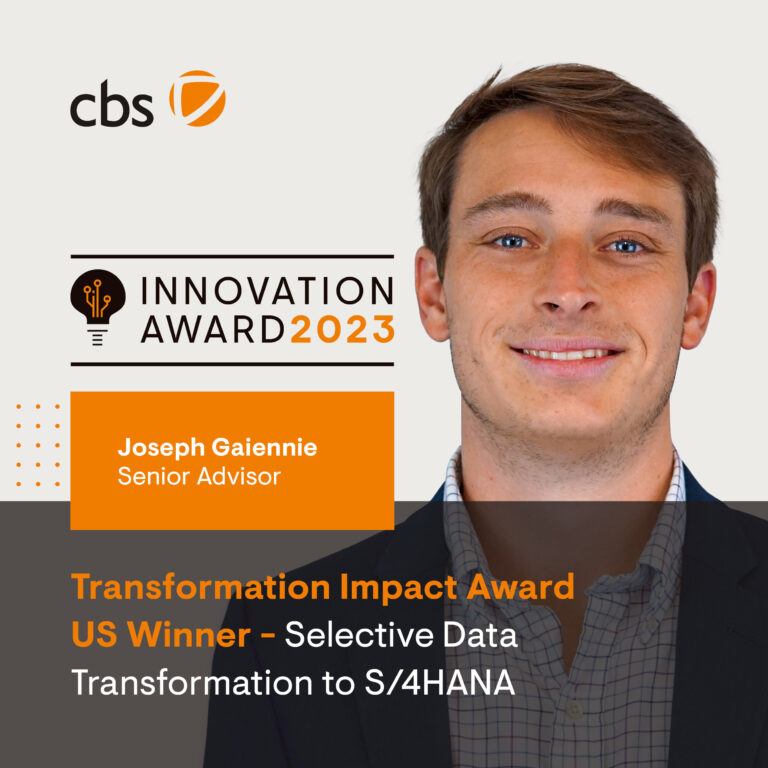Every Selective Data Transition project will require a dedicated sandbox system on the ECC side which will be initially built or refreshed from the productive ECC system at the beginning of the initiative. The source sandbox is typically used for two main purposes.
- Serves as the starting point for the creation of the “empty shell” as described in the previous chapter.
- As a copy of the production system which includes the data and configuration relevant to the migration project the source sandbox can be used in every test cycle to verify the data migration process, such as running data validation scripts and identifying any issues with the data. Using the productive or any other quality environment will not suffice as those systems are not stable in terms of transactional data and a data validation between ECC and S/4 would be almost impossible.
In the S/4 HANA target system environment it is best practice to begin the first unit test loads into a sandbox as well, which can be taken away at a later stage in the project. The first load cycle (typical unit testing) for that purpose will extract data from the source sandbox and load it into the target sandbox. The target sandbox will initially be copied from the backup which has been created after the shell copy. In most of the projects a dedicated development box for S/4 is not yet available this early on. This is ok for unit testing and the first load cycle. The source system for the data load is the ECC sandbox.
For integration testing load cycles the existence of a target development box is recommended as well as it constantly being retrofitted with configurations and customizations from ECC. The receiving system of the data load will be a quality S/4HANA system, which will have been created from the backup and all configurations will have to be moved up from the development system. The data load path will be from source sandbox ECC to the target Qualitysystem in S/4HANA. This load cycle can be repeated as often as necessary until User Acceptance Testing has been successfully executed and the project is ready for go live.
For the go-live load cycle the source sandbox is no longer necessary and within the system downtime data will be extracted from ECC production. The receiving system will be the productive S/4HANA environment which will have to be stood up before as a restore from the backup and all configuration and customizations including retrofitted elements will have to be promoted to the productive system.
As you can see in any Selective Data Transition project landscapes can vary and evolve based upon the needs and duration of the project. Leave a comment below if you’d like and we’ll gladly address how cbs can guide you on your next Selective Data Transition project.



